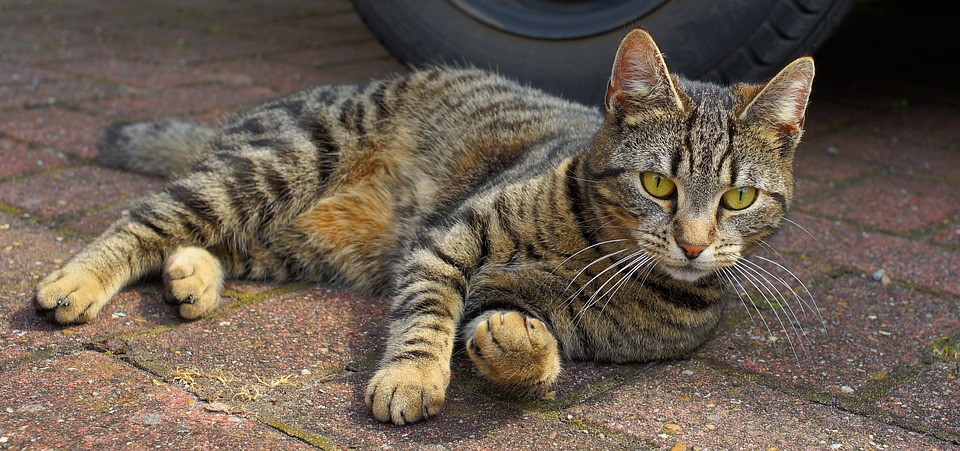Hereditary cat eye diseases can have a significant impact on the health and well-being of cats. Understanding these genetic conditions is crucial for early recognition and effective management. In this article, we will explore the various types of hereditary cat eye diseases, their implications, and how to navigate through them. We will also address frequently asked questions surrounding this topic.
Firstly, it is important to understand the definition and causes of hereditary cat eye diseases. These conditions are genetic disorders that are passed down from one generation to another. They can be caused by various gene mutations and can affect different parts of the eye, including the retina, iris, and optic nerve.
The prevalence of hereditary cat eye diseases varies depending on the specific condition. Some conditions, such as Progressive Retinal Atrophy (PRA), are more common in certain breeds. It is important for cat owners and breeders to be aware of the genetic inheritance patterns associated with these diseases to make informed breeding decisions.
Progressive Retinal Atrophy (PRA) is one of the most common hereditary cat eye diseases. It is characterized by the gradual degeneration of the retina, leading to progressive vision loss. Symptoms of PRA include night blindness, dilated pupils, and a reflective appearance in the eyes. Certain breeds, such as Abyssinians and Persians, are predisposed to PRA. Management and treatment options for PRA may include supportive care, nutritional supplements, and regular veterinary monitoring.
Congenital Stationary Night Blindness (CSNB) is another hereditary cat eye disease that affects the ability to see in low light conditions. Cats with CSNB may have difficulty navigating in dimly lit environments and may exhibit unusual behavior. Breeds such as Siamese and Burmese are prone to CSNB. Coping strategies for cats with CSNB include providing a safe and well-lit environment, as well as using toys and treats that stimulate other senses.
Glaucoma is a condition characterized by increased pressure in the eye, leading to optic nerve damage and vision loss. Signs and symptoms of glaucoma include redness, cloudiness, and pain in the affected eye. Certain breeds, such as Burmese and Persian cats, are at a higher risk for developing glaucoma. Treatment approaches for glaucoma may include medication, surgery, or a combination of both. Preventive measures such as regular eye examinations and monitoring intraocular pressure can help detect and manage glaucoma early on.
Iris Coloboma is a condition characterized by a gap or hole in the iris. This can affect the appearance and function of the eye. Certain breeds, such as the Siamese and Burmese, have a higher risk of developing iris coloboma. Monitoring the condition through regular veterinary examinations and preventive measures such as protecting the eyes from injury can help manage this condition.
Recognizing early warning signs of hereditary cat eye diseases is essential for early intervention and effective management. Behavioral changes, abnormal eye appearance, vision problems, and routine veterinary eye examinations are all important indicators of potential eye diseases in cats. Timely veterinary care can help diagnose and treat these conditions before they progress.
Genetic testing plays a crucial role in managing hereditary cat eye diseases, especially for cat breeders. Genetic testing can identify carriers of the disease-causing gene and help breeders make informed decisions to reduce the prevalence of these conditions. There are various testing methods available, including DNA testing and eye examinations.
In conclusion, hereditary cat eye diseases can have a significant impact on cats’ health and well-being. By understanding the different types of diseases, recognizing early warning signs, and utilizing genetic testing, cat owners and breeders can ensure the best possible care for their feline companions. Early intervention and regular veterinary care are essential for maintaining optimal eye health in cats.








